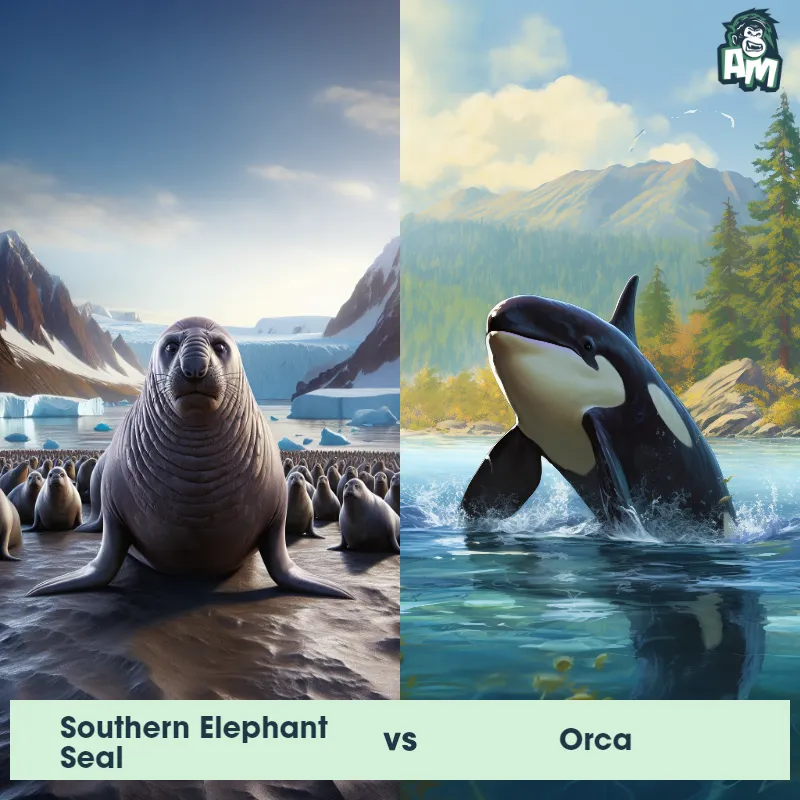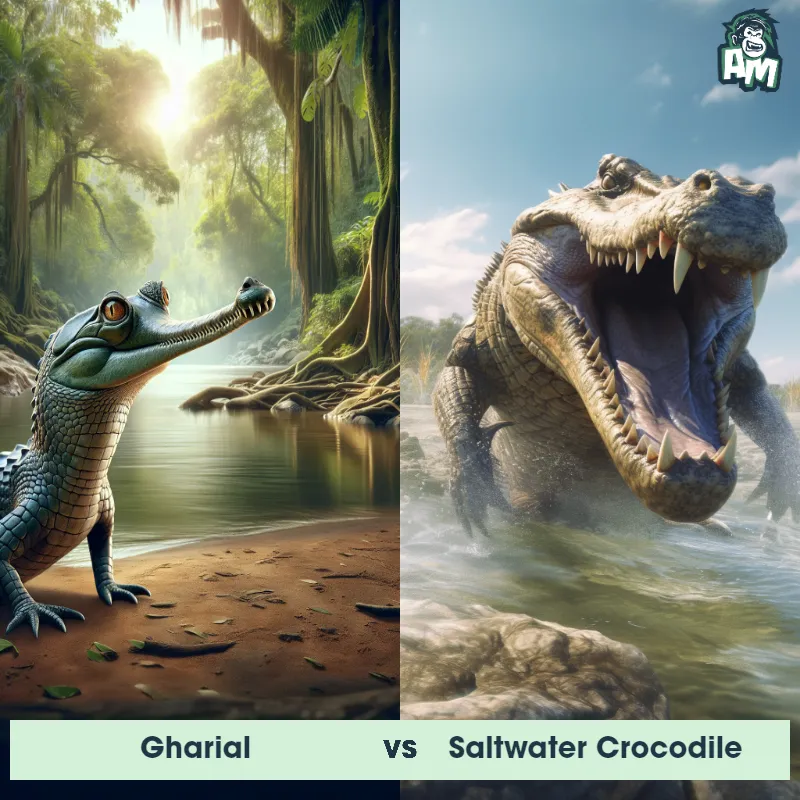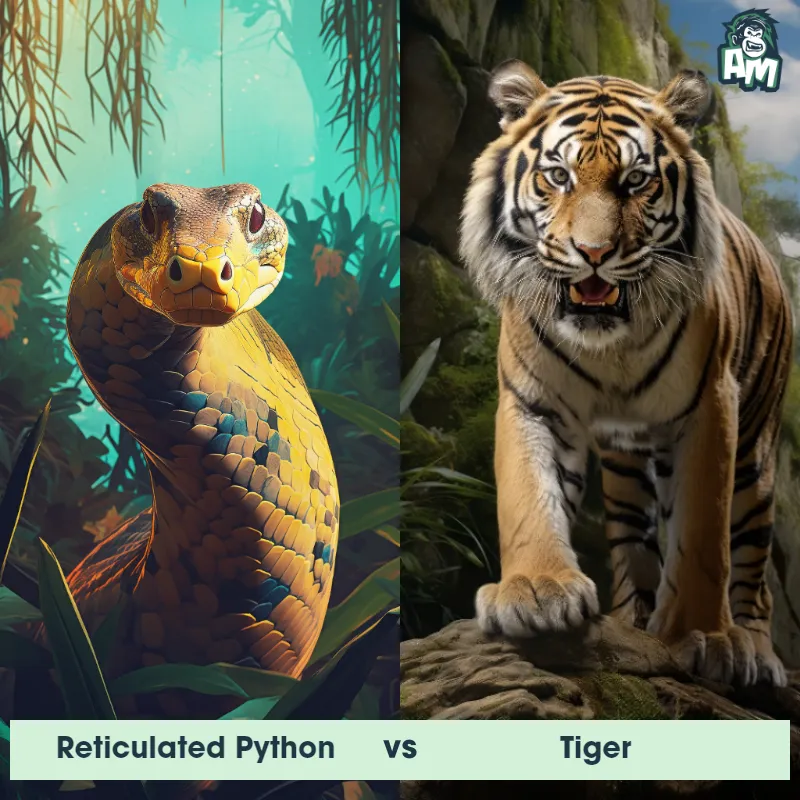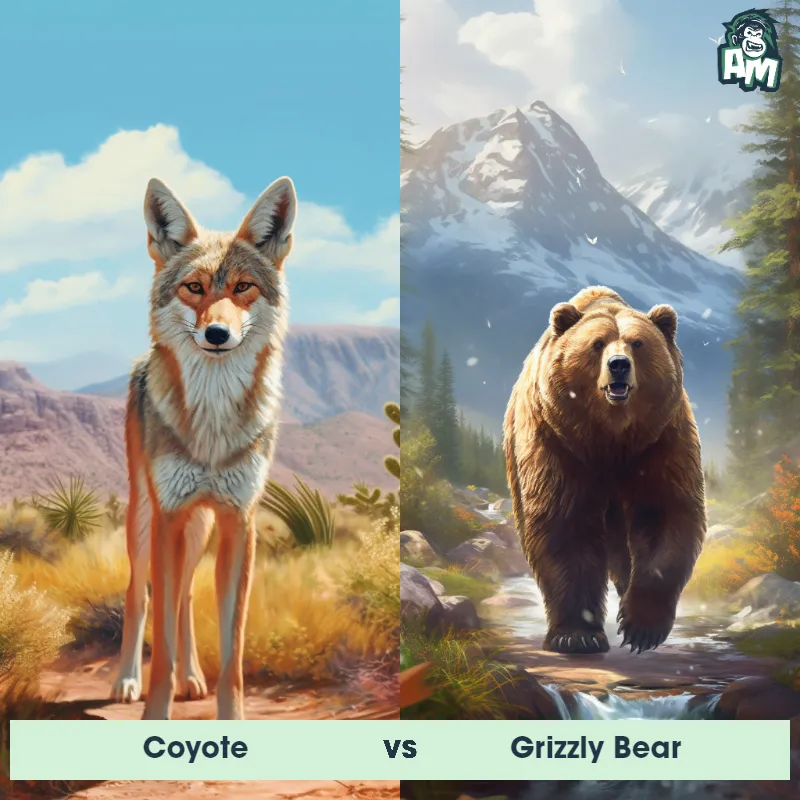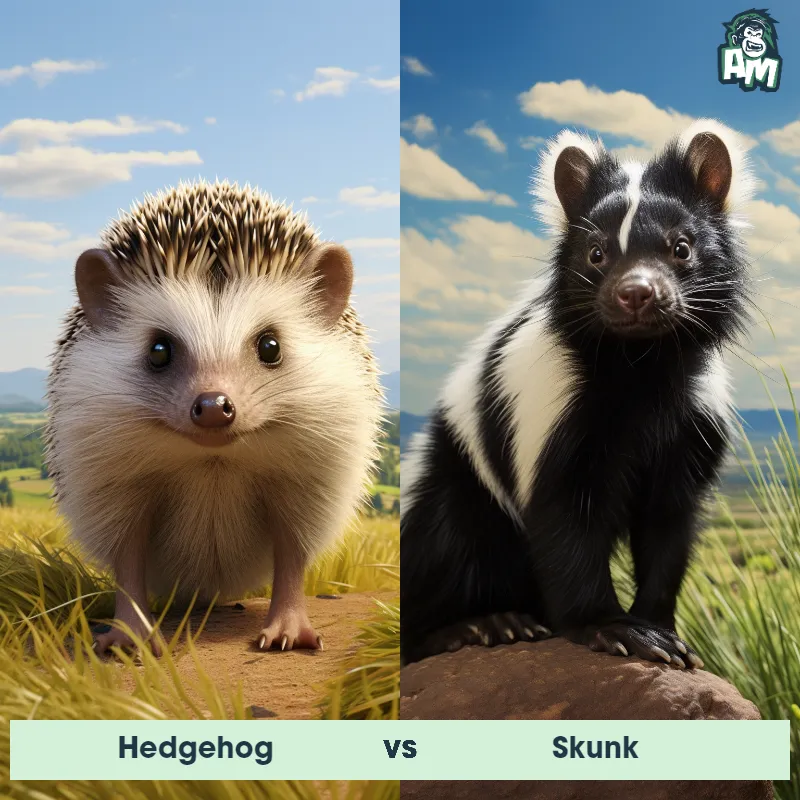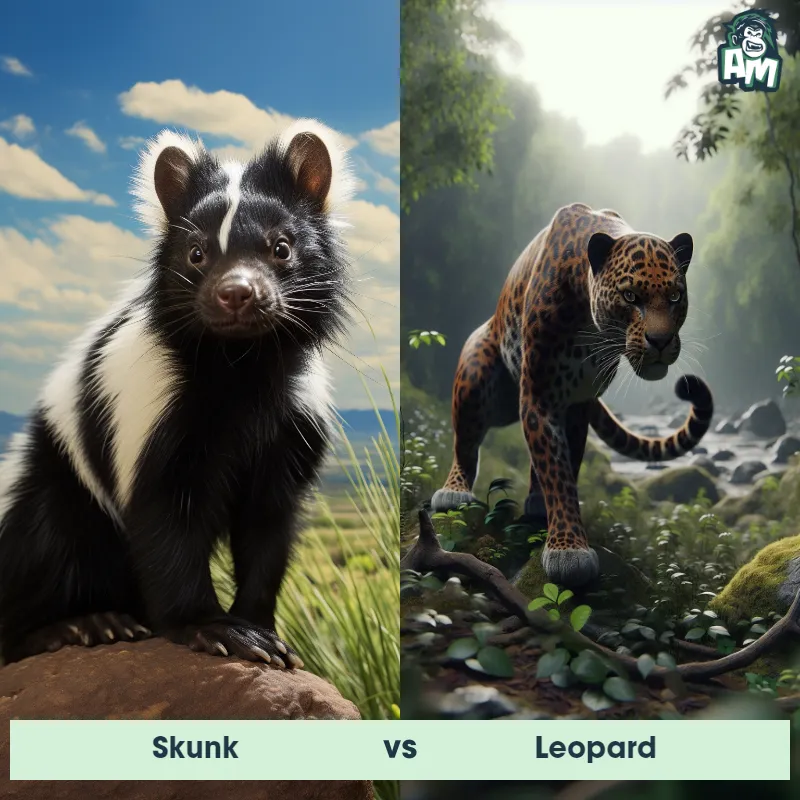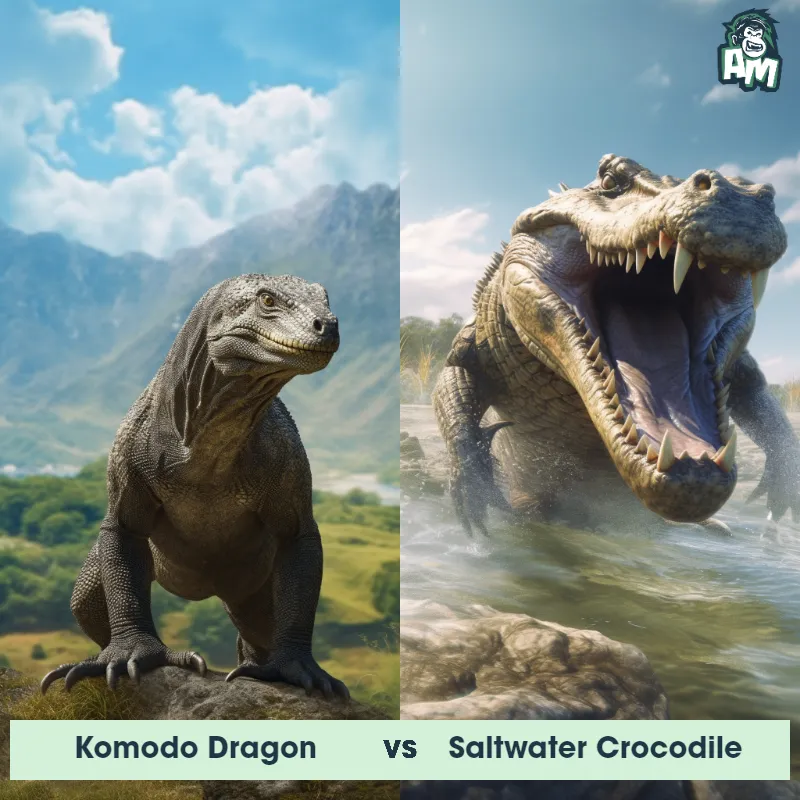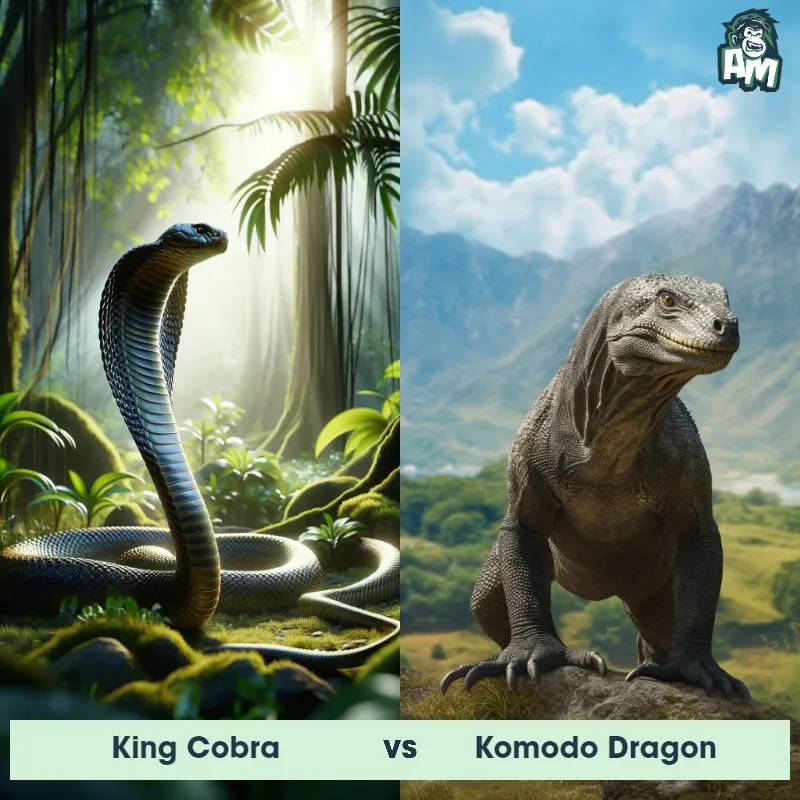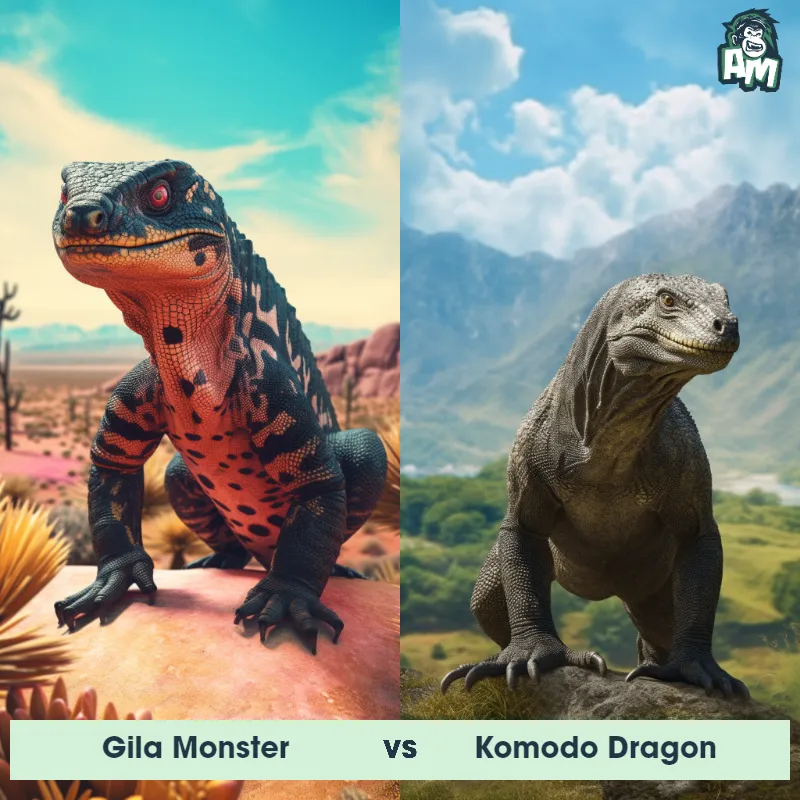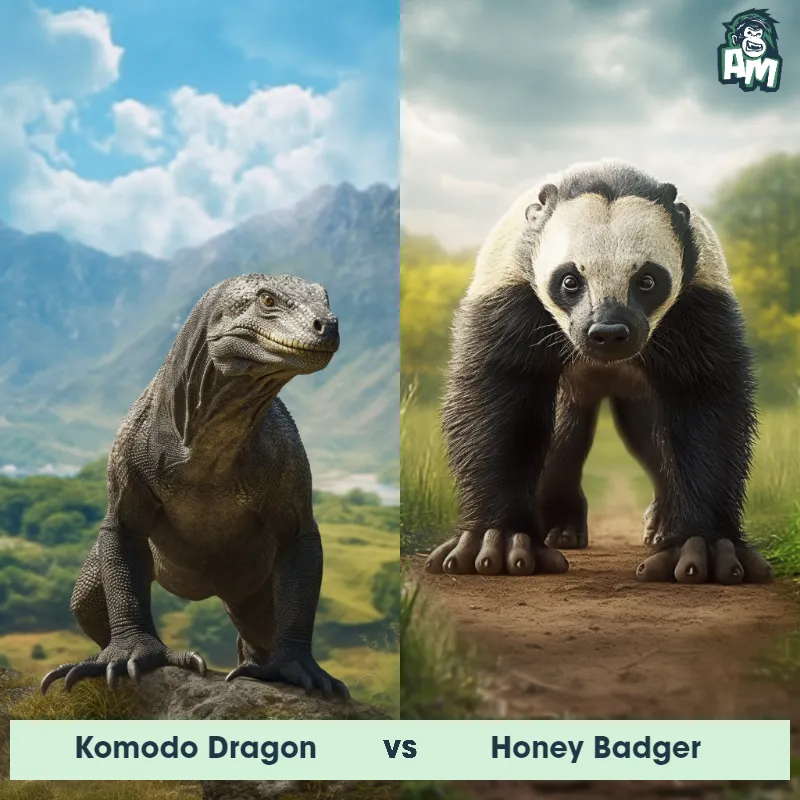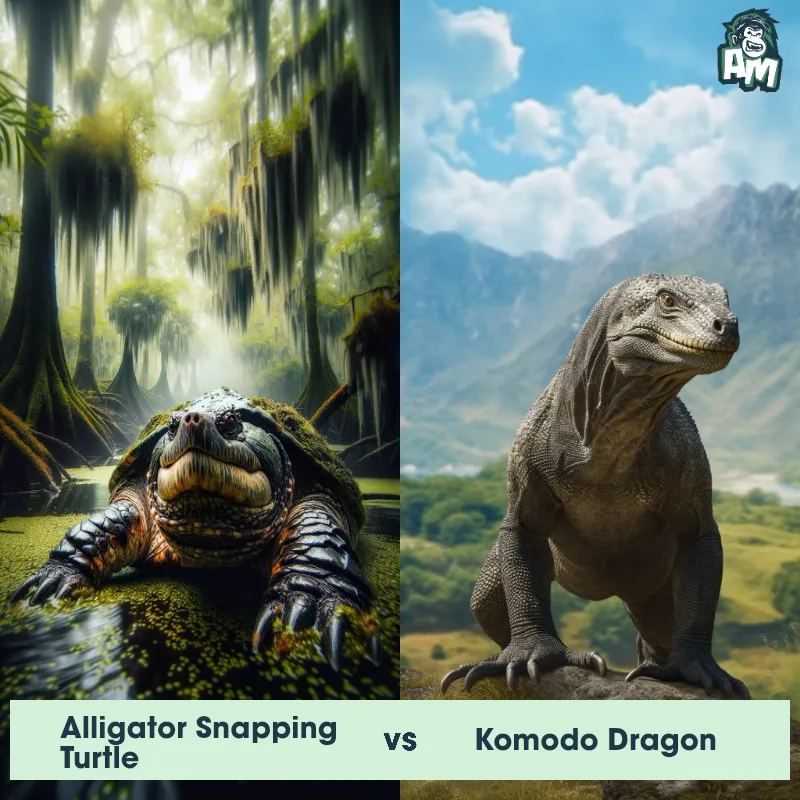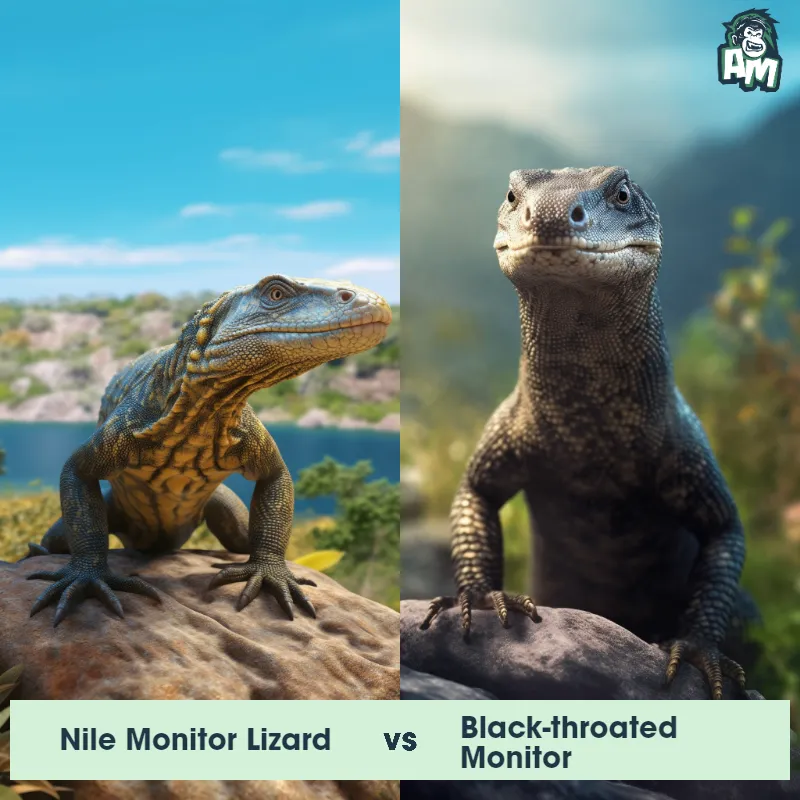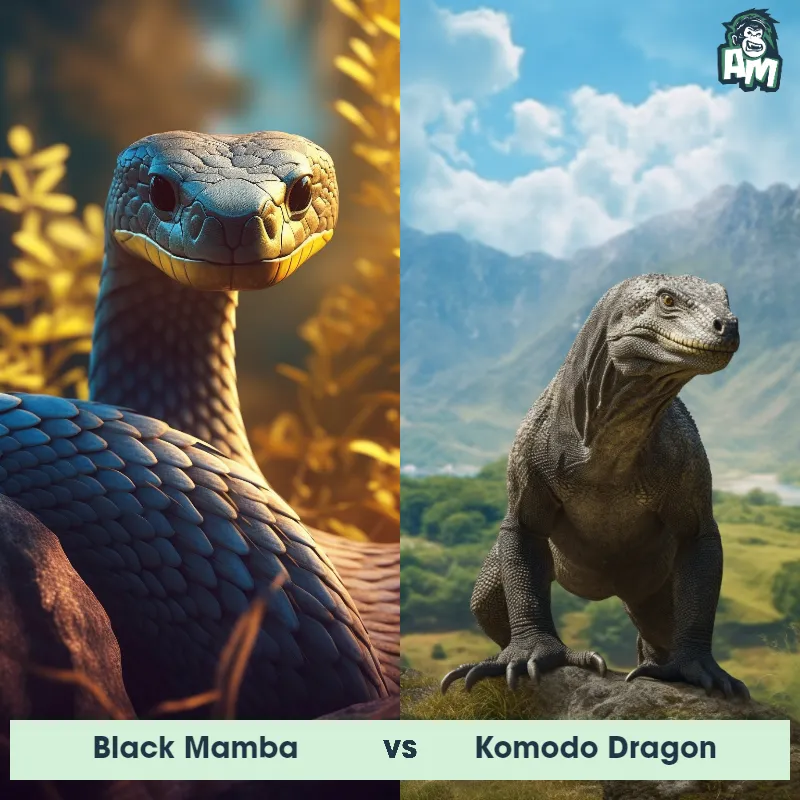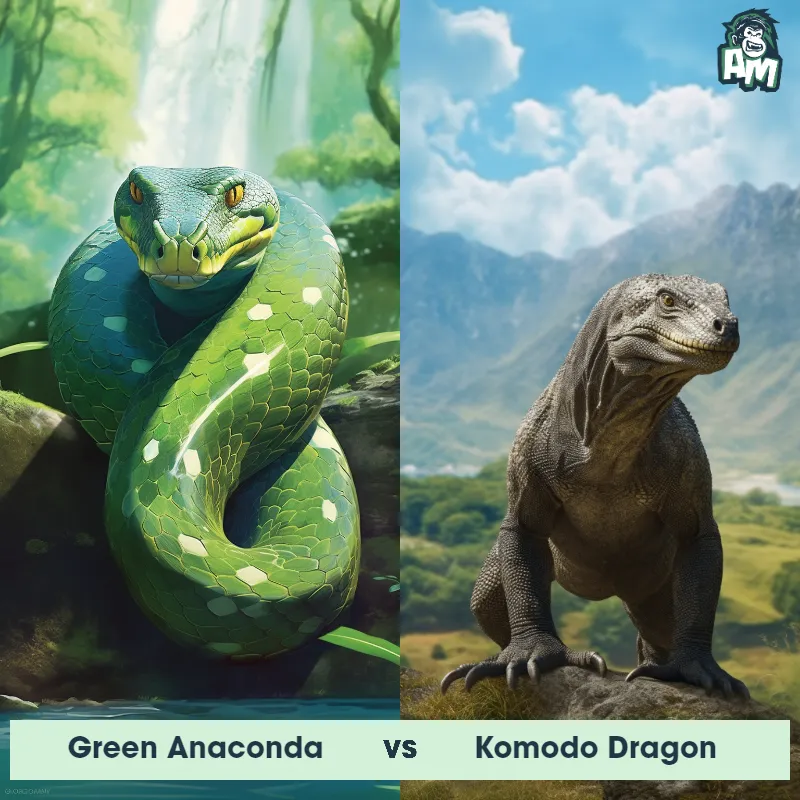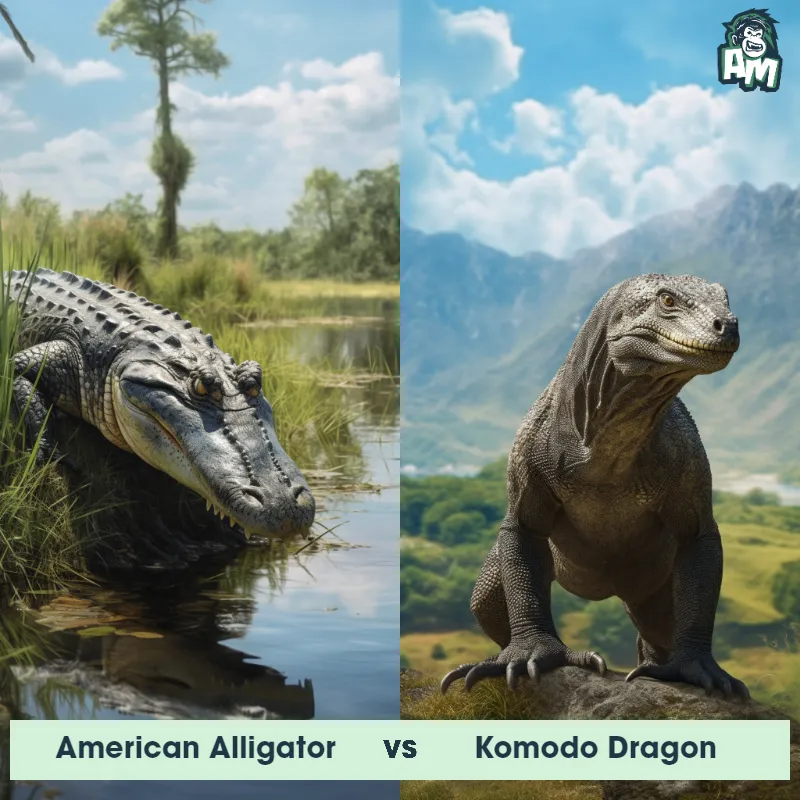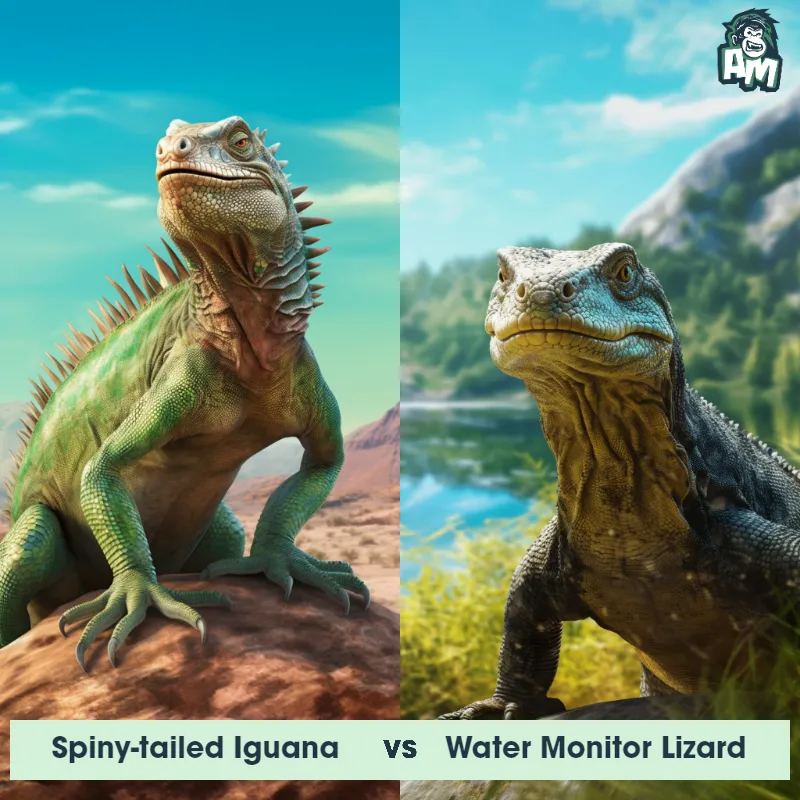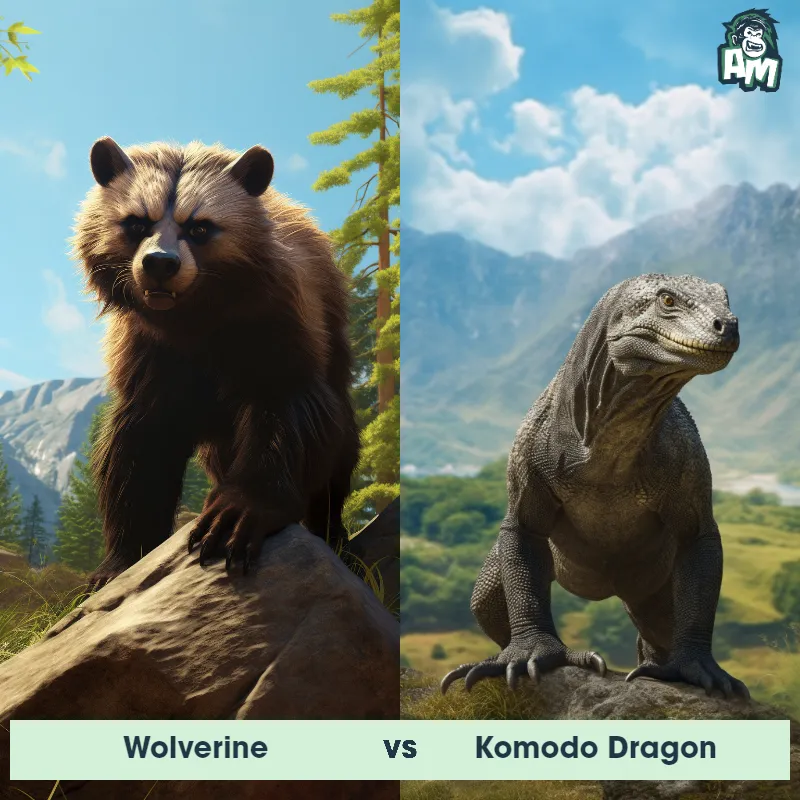Japanese Giant Salamander vs Water Monitor LizardSee Who Wins

Welcome ladies and gentlemen to this epic showdown between a Japanese Giant Salamander and Water Monitor Lizard. Both of these creatures are known for their strength and agility, so this is sure to be an intense battle. Let's see how they fare in the ring tonight.
Contender 1: Japanese Giant Salamander
The Japanese Giant Salamander is one of the largest amphibians in the world, reaching lengths of up to five feet. It has a slimy, wrinkled skin that ranges in color from dark brown to reddish-brown, helping it blend into its rocky river habitat. They have small eyes, a broad head, and powerful limbs that aid in swimming and hunting for prey in the water.
Fun Fact: Japanese Giant Salamanders are known for their loud, eerie vocalizations, which can be heard echoing through the rivers at night.
Contender 2: Water Monitor Lizard
The Water Monitor Lizard, also known as Varanus salvator, is a large reptile that can grow up to 10 feet long and weigh up to 150 pounds. They have a long, muscular body, powerful legs, and a long tail that they use for balance and swimming. Their skin is covered in small, bumpy scales that are usually dark brown or black with yellow or white spots. They are carnivorous and can be found near bodies of water, such as rivers, lakes, and swamps.
Fun Fact: Water Monitor Lizards are excellent swimmers and can hold their breath for up to 30 minutes underwater.
Matchup Stats
| Japanese Giant Salamander | Water Monitor Lizard | |
|---|---|---|
| Size | Up to 5 feet (1.5 meters) | Up to 10 feet long (3 meters) |
| Weight | Up to 55 pounds (25 kilograms) | Up to 150 pounds (70 kilograms) |
| Speed | 3mph (4.8km/h) | Speed: 11 mph (17.7 km/hr) |
| Key Strength | Powerful jaws for capturing prey | Powerful legs |
| Biggest Weakness | Slow movement on land | None specified |
Current Votes
Japanese Giant Salamander vs Water Monitor Lizard
See Who Wins
View More Matches
Looking For More?
Similar Matches
Scientific Stats
| Japanese Giant Salamander | Water Monitor Lizard | |
|---|---|---|
| Scientific Name | Andrias japonicus | Varanus salvator |
| Family | Cryptobranchidae | Varanidae |
| Habitat | Freshwater rivers and streams with rocky bottoms | Near bodies of water |
| Geography | Japan | Southeast Asia, including Indonesia, Thailand, and Malaysia |
| Diet | Fish, insects, small mammals, aquatic invertebrates | Carnivorous |
| Lifespan | 50 years - 70 years | 11 years - 25 years |
Key Differences between Japanese Giant Salamander and Water Monitor Lizard
- Skin Texture: Japanese Giant Salamanders have rough, bumpy skin that helps them blend into their rocky river habitats, whereas Water Monitor Lizards have smooth, shiny scales that give them a sleek appearance.
- Color: Japanese Giant Salamanders are typically dark brown or black in color, often with mottled patterns, while Water Monitor Lizards have a lighter coloration, ranging from yellow to grey with dark markings.
- Behavior: Japanese Giant Salamanders are primarily nocturnal and secretive, rarely venturing out of the water, while Water Monitor Lizards are diurnal predators that are commonly seen basking in the sun or hunting for prey.
- Body Shape: The Japanese Giant Salamander has a long, cylindrical body with short limbs and a distinctive flattened head, while the Water Monitor Lizard has a more elongated body with well-developed limbs and a pointed snout.
- Size: The Japanese Giant Salamander is significantly smaller than the Water Monitor Lizard, with salamanders typically reaching lengths of up to 5 feet, while monitor lizards can grow up to 7 feet long.
- Habitat: Japanese Giant Salamanders are strictly aquatic animals, inhabiting cold, fast-flowing streams and rivers in Japan, while Water Monitor Lizards are semi-aquatic, living in a variety of aquatic and terrestrial habitats in Asia and Africa.






